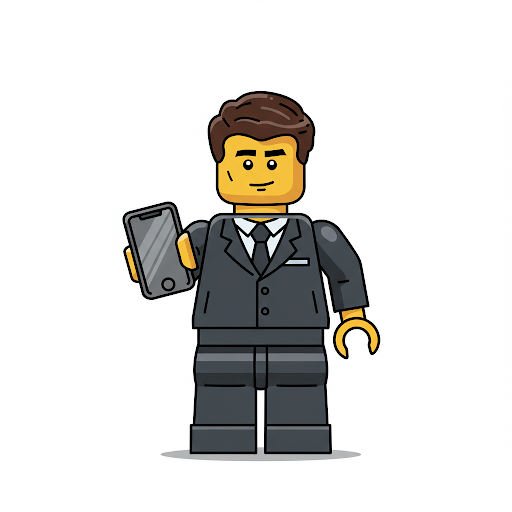The enterprise architecture of the AEC.company has now the overview of the as-is architecture of the AEC-company, and the enterprise architect revisits the high-level analysis that he conducted for the core business processes and the capabilities of the AEC-company, since this high-level analysis identified that the business strategy “Partnering for Green Construction” leaves some gaps that will have to be addressed by the enterprise architecture function and by the IT-department in the AEC-company in general:
- The first gap is the lack of knowledge of how to digitalise the core processes in the AEC-company.
- The second gap is the lack of knowledge of needed operating model improvements.
- The third gap is the lack of knowledge of business process reengineering.
- The fourth gap is the lack of an IT-strategic plan.
These gaps will have to be dealt with in a coherent manner, since it would make no sense for the AEC-company to develop any deliverables of the IT-strategic plan without prior knowledge of how deliver better digitalisation of business processes, how to handle the operating model for the AEC-company in the 2030 plateau, where the business strategy “Partnering for Green Construction” will be delivered. The enterprise architect thought for a while and he realised that he would have to begin preparing workshops to capture the relevant information for the AEC-company to design the relevant architecture strategy and IT-strategy (Course of Action) for the AEC-company to succeed with the business strategy (Course of Action) known as “Partnering for Green Construction”.

In order for the enterprise to assist the Chief Technology Officer and the IT-department filling the gaps, then he realises that he will have to call relevant stakeholders to a workshop. In this case he reuses the information he collected from the original interview of the heads of departments that he will have also to include the subject matter experts in the individual departments to gain the insights in the workshops. He decides to conduct three workshops for each of the core processes that earlier on have been identified as relevant to improve as part of the strategy, which also will improve the capabilities. The first workshop for each of the core business processes will be about the introduction of what is to be dealt with during the first workshop and the subsequent two workshops, and usually the first workshop is about identifying what is done today, and what is not working according to the subject matter experts. The second workshop will be about how the core business process looks like today and how it could be looking after it has been improved. The last workshop and final workshop for each of the core business processes will be like when implemented and what IT-systems will be when the core processes have been implemented.
Since this approach is somewhat new for the stakeholders in the AEC-company, then the enterprise architect will have to come up with some suggestions up-front to inspire the subject matter experts during the workshops.
The first process and subsequent capability that the enterprise architect starts with is the bidding process.

The bidding process consists of a number of steps and it consists of a number of IT-systems that are used.
The assumed most critical in these cases are the Office productivity suite since a lot of the communication and organisation of the bids takes place by initiating communication in the relevant departments and teams in the AEC-company.
The enterprise architect realises that the primary application according to his preliminary analysis shows that Microsoft Office Outlook is to be considered a central business application in the as-is version of the core business process, and it is followed by Microsoft Office Word and Microsoft Office Excel for the internal use for calculating a bid. Lastly, if the AEC-company’s bid is accepted, then Microsoft Office Outlook and the different business applications from Autodesk comes into play in order to provide the relevant visuals for the different stakeholders at the customer side, when or if this is needed:

The Line of Sight
The enterprise architect now has the opportunity to look into what the bidding process consists of:

In addition to this the enterprise architect has the opportunity to use both the business process view and the application view to see what the business process consists of and how it is served digitally as-is. In practice the top-down approach is preferred for strategic planning (course of actions) and the application view can be used for identifying tactical opportunities for business optimization through better use of technologies. This is what the two below diagrams are showing:



Leave a Reply